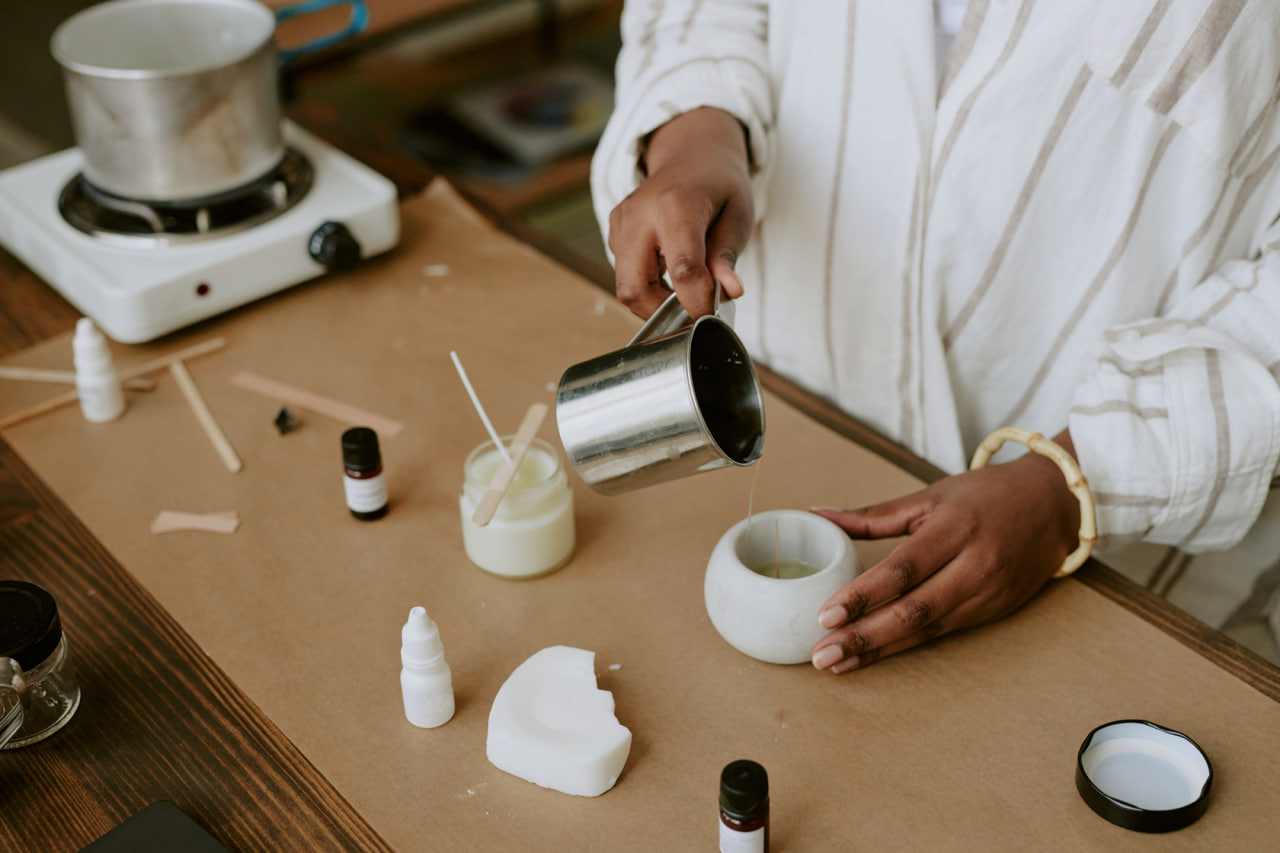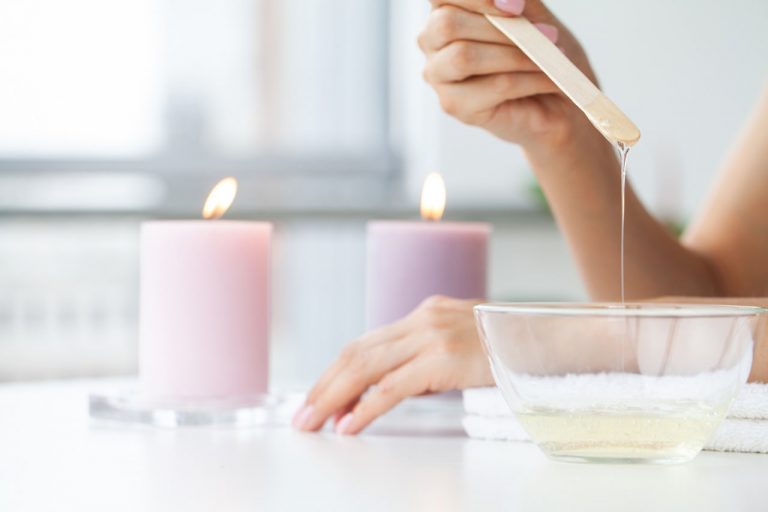Creative Candle Designs: Tips for Adding Unique Colors, Scents, and Shapes
Introduction to Creative Candle Making Candle making is a wonderful blend of art and craft,…
Introduction to Creative Candle Making
Candle making is a wonderful blend of art and craft, offering endless opportunities to express creativity. Beyond simply pouring wax into a container, creative candle designs allow makers to experiment with colors, scents, and shapes that reflect personality and style. Whether you’re a hobbyist or planning to sell your candles, adding unique touches can set your creations apart and delight your customers. This blog explores practical tips and techniques to help you elevate your candle designs with vibrant colors, captivating scents, and innovative shapes.
Adding Unique Colors to Your Candles
Choosing the Right Colorants
Color is one of the most immediate ways to attract attention and convey mood. When selecting colorants, it’s important to use candle-specific dyes or pigments designed to withstand the heat of burning wax. Liquid dyes, dye chips, and powdered pigments all have different intensities and ease of use. Testing small batches before large pours ensures you get the exact shade and vibrancy you want.
Techniques for Color Effects
You don’t have to settle for a single color. Layering multiple colors can create stunning ombre or striped candles. Another popular technique is marbling, where different colored waxes are gently swirled together to mimic natural stone or abstract art. Embedding colorful inclusions such as glitter, dried flowers, or colored wax pieces can add texture and depth.
Consider Wax Type and Color Interaction
Some waxes, like soy, tend to mute colors slightly, while paraffin holds colors more vividly. Transparent gel wax is excellent for showcasing embedded colored elements. Keep in mind the wax’s natural hue when planning your colors—beeswax’s golden tone may alter lighter shades.
Enhancing Candles with Captivating Scents
Selecting Fragrance Oils
The scent of a candle is key to its ambiance and appeal. Choose fragrance oils that are specifically formulated for candle making to ensure safety and good throw. Consider your target audience or season—floral, citrus, or fresh scents work well for spring and summer, while warm, spicy, and gourmand fragrances shine in fall and winter.
Balancing Scent Strength
Fragrance load—the percentage of fragrance oil to wax—affects how strong and long-lasting the scent is. Exceeding recommended amounts can cause poor burn quality or fragrance seepage. Conduct tests to find the perfect balance that delivers a pleasant cold and hot throw without compromising candle performance.
Layering and Blending Scents
For truly unique candles, experiment with blending multiple fragrances. Combining complementary scents, such as lavender and vanilla or cinnamon and orange, can create signature blends. Some candle makers also use layering techniques, where different scented layers are poured to reveal evolving aromas as the candle burns.
Experimenting with Shapes and Molds
Exploring Mold Options
The shape of a candle is a powerful design element. Beyond traditional pillars and votives, you can use silicone molds in geometric shapes, floral patterns, animals, or abstract forms. Custom molds can even be made to replicate logos or personal designs, perfect for gifts or branding.
Techniques for Unusual Shapes
For a rustic or handmade look, try molding candles using rolled beeswax sheets or hand-pouring wax into flexible molds. Layering different wax colors in segmented molds can create visually striking patterns inside the candle. Another trend is “chunk candles,” which embed irregularly shaped wax pieces within a clear wax base for a mosaic effect.
Using Containers Creatively
Containers can also define your candle’s shape and style. Vintage teacups, mason jars, or decorative tins add character and can be reused by the customer. For a minimalist look, sleek glass or ceramic vessels offer elegance and versatility.
Additional Design Tips for Unique Candles
Adding Decorative Elements
Consider embellishing your candles with ribbons, twine, tags, or dried botanicals glued to the outside. These accents enhance gift appeal and give your candles a handcrafted touch. Be mindful to keep decorative elements away from the flame for safety.
Custom Labels and Branding
A beautiful candle needs a matching presentation. Design labels that reflect the candle’s scent, color, and mood. Clear, attractive branding helps your candles stand out in the marketplace and makes them memorable.
Seasonal and Themed Collections
Create themed candle sets for holidays, seasons, or special occasions. Coordinating scents, colors, and shapes to fit a theme—like autumn spices, tropical fruits, or weddings—can boost sales and attract collectors.




